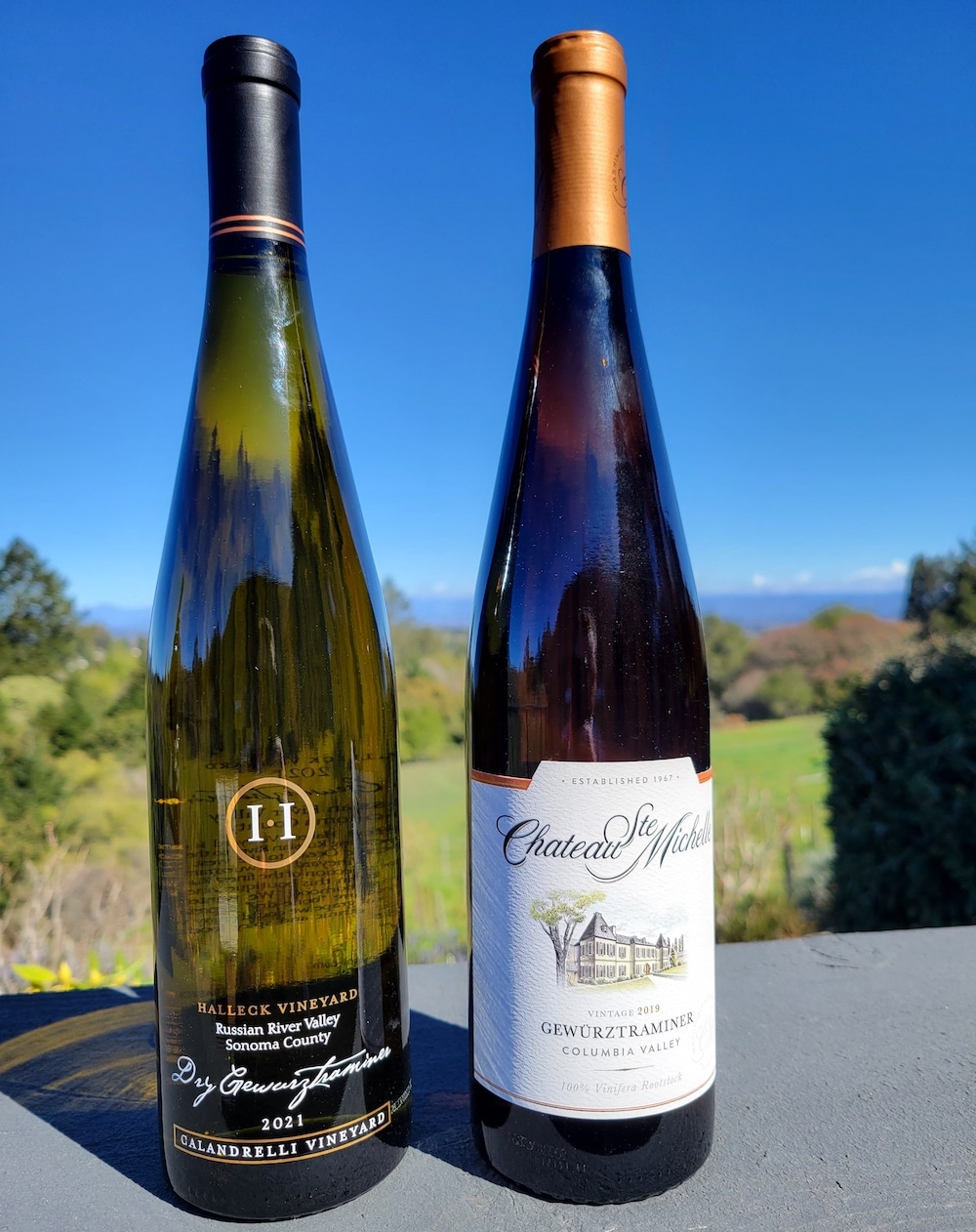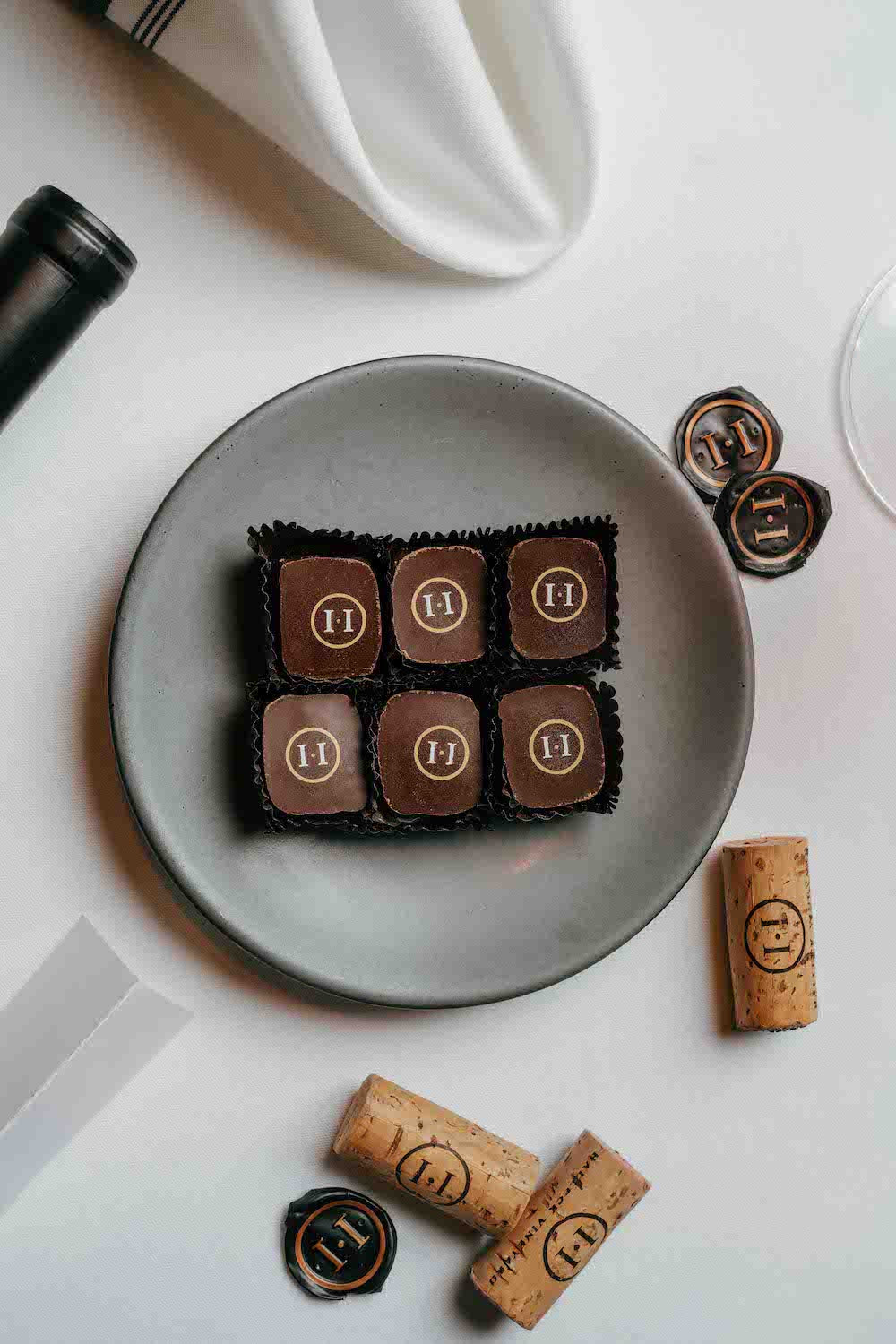Must-Visit Wineries in Sebastopol
Must-Visit Wineries in Sebastopol
Blog Article
Seasonal Wine Tasting Festivals in California
Wine tasting is an art that requires more than just a eager sense of taste. Partaking with completely different varieties and styles offers a chance to appreciate the subtleties of flavor, aroma, and texture. A complete guide to winery wine tasting techniques will equip enthusiasts with the necessary skills and data to reinforce the tasting experience.
Understanding the fundamentals of wine tasting begins with familiarity with the key parts. The primary components contributing to flavor are sweetness, acidity, tannin, and alcohol - Enjoy the Flavors of Estate Pinot Noir and Chardonnay in The Russian River Valley. Each wine has its unique balance, influenced by the grape variety, area, and vinification process. Recognizing these parts permits a taster to understand the complexity in each sip.
Visible examination is the first step in the tasting process. Swirling the wine in a glass oxygenates it, bringing out the aromas which might be crucial to understanding the wine's essence. Observing colours ranging from deep purple to pale straw offers insight into the wine's age and variety. The clarity and brilliance of the wine additionally offer clues about its quality.
Subsequent, the olfactory experience takes precedence. The nose is often thought of probably the most crucial a part of tasting. Building an consciousness of widespread aromas may be helpful. Fruits, flowers, spices, and earthy notes are sometimes current. Taking time to inhale deeply before tasting allows for a extra profound appreciation of a wine's bouquet.
Outdoor Dining in Sonoma Wine Country
When it comes to tasting, the method should be deliberate and considerate. Small sips are advisable, allowing the wine to linger within the mouth. This technique enables the taster to discern the advanced layers of flavors. Noting the initial style, the mid-palate, and the finish contributes to a whole understanding of the wine’s profile.
Another crucial side of wine tasting is the understanding of stability and construction. A well-balanced wine presents harmonious flavors where no single factor overwhelms the others. Analyzing how acidity interacts with sweetness and tannins will help in assessing the overall composition of the wine.
Wines can vary significantly from one vintage to a different as a end result of environmental factors, which makes understanding the concept of terroir essential. Terroir refers back to the geographical and weather conditions, in addition to the winemaking practices that have an result on the final product. This relationship between the land and the wine can affect its flavor spectrum dramatically.
Unwind with Spectacular Views while Tasting Chardonnay
Pairing wine with food can improve the tasting experience considerably. Certain wines complement specific dishes, which might elevate both the food and the wine. Understanding flavor profiles will allow enthusiasts to create thrilling pairings. For example, a rich pink wine might pair beautifully with a hearty meat dish, whereas a crisp white may enhance the style of seafood. Wine Tasting at Sonoma Vineyards.
Collaborating in guided tastings also can present useful insights. Many wineries provide professional-led tastings, the place skilled sommeliers share their expertise. Engaging with knowledgeable hosts permits for a deeper understanding of the wines and offers the prospect to ask questions and trade views.
Documentation throughout tastings can serve as an invaluable software. Maintaining notes on the wines sampled, along with personal impressions, enhances the tasting journey. This record helps in recalling what one enjoyed or didn't enjoy, creating a private roadmap for future wine exploration. Tasting sheets are sometimes used as a structured approach to seize this data.
Attending wine-focused events, such as festivals or expos, creates a chance to explore a vast vary of wines and meet fellow enthusiasts. Networking with business professionals and passionate hobbyists can result in sharing insights and increasing one’s palate. The festive ambiance enhances the communal facet of wine appreciation.
Your Ultimate Guide to Sonoma Wine Tastings
As one turns into extra skilled in wine tasting, it turns into essential to develop personal preferences. Exploring wines from various regions, grape varieties, and styles can lead to stunning discoveries. It’s important to stay open-minded and willing to attempt new options, even if they fall outdoors of previous preferences.
Finally, the enjoyment of wine tasting lies in its capability to stimulate the senses and provoke thought. Each tasting provides a personal journey through taste and experience that's as distinctive because the people collaborating in it. Embracing the great guide to winery wine tasting techniques paves the method in which for a richer appreciation of what wine has to offer.
In conclusion, wine tasting is far more than an exercise in discerning flavors. It is an immersive experience that connects people to the land, the winemakers, and the tales behind every bottle. By training the techniques outlined on this guide, anyone can domesticate a newfound appreciation for wine, remodeling every sip into an exploration of style, aroma, and personal choice.

- Start by observing the wine’s look; tilt the glass to evaluate readability, color intensity, and viscosity as these factors can indicate the wine's age and physique.
- Swirl the wine gently within the glass to launch its aromatic compounds, enhancing the olfactory experience.
- Take a moment to inhale the aromas earlier than tasting; note the complexity and the first scent classes similar to fruity, earthy, floral, or spicy.
- When tasting, allow a small quantity of wine to cowl your palate, ensuring to take note of the preliminary taste, mid-palate flavors, and finish to judge its structure.
- Pay attention to the tannins current; they will have an effect on the texture and mouthfeel, giving insights into the wine's aging potential.
- Think About the acidity degree, which might present freshness to the wine, balancing sweetness and enhancing food pairings.
- Use a scorecard or journal to jot down observations about each wine, including flavors, aromas, and private impressions to match later.
- Experiment with food pairings during tastings, as this could significantly improve or change the notion of the wine’s flavor profile.
- Engage in discussions with fellow tasters to share views, which may broaden the appreciation and understanding of different wines.
- Bear In Mind to hydrate and consume palate cleansers like bread or water between tastings to make sure an correct experience of every wine.undefinedWhat are the essential steps concerned in wine tasting?
Taste Exclusive Wines from California
The basic steps of wine tasting embody observing the wine's shade and readability, swirling it to launch its aromas, sniffing to determine different scents, sipping to assess flavors, and finally, evaluating the end. This course of allows taster's to appreciate the wine's total complexity and high quality.
How do I properly scent wine?
Essential Tips for Enjoying Wine Tastings in California.
To properly scent wine, comply with these steps: first, hold the glass at the base, swirl it gently to aerate, then deliver it to your nose. Take a few short sniffs to capture the initial fragrances, adopted by a deeper inhale to discover over here the more advanced aromas. Focus on figuring out specific scents like fruits, spices, and different descriptors.
Expert Advice for Visiting Sebastopol Wineries
What ought to I search for when tasting wine?

When tasting wine, look for a quantity of key components: look (color and clarity), aroma (fruits, herbs, and spices), flavor (sweetness, acidity, tannins), and texture (body and mouthfeel). Moreover, think about the wine's finish, which is the lingering style after swallowing. All these elements contribute to the wine's total profile.
How do I know if a wine is nice quality?
Good quality wine generally has balance among its parts, that means that acidity, tannins, sweetness, and alcohol work harmoniously collectively. Look for complexity in flavors and aromas and a long, pleasant end. High Quality wines also typically exhibit distinct characteristics reflecting their varietal and region.
Hidden Gem Wineries in Russian River Valley
Is it essential to make use of specific glassware for wine tasting?
Yes, using specific glassware enhances the wine tasting experience. Applicable glasses can influence the aroma and flavor perception. For example, a Bordeaux glass is designed to reinforce full-bodied pink wines by permitting oxygen to work together with them, whereas a narrower flute is good for glowing wines to protect carbonation.
Exceptional Wine Flight Experiences in Sonoma 95403

How can I enhance my wine tasting skills?
To enhance your wine tasting skills, practice regularly, attend tastings to learn from experts, and keep a tasting journal to notice your observations. Experiment with completely different varietals and styles, and have interaction with wine communities or clubs for shared experiences and information.
Enjoy Outdoor Wine Tastings in Wine Country 95472
What are some frequent wine tasting mistakes to avoid?
Frequent wine tasting mistakes include not correctly cleaning your palate between wines, serving wines at incorrect temperatures, and overlooking the significance of the glass shape. Moreover, being overly influenced by others' opinions can cloud your personal tasting experience; always belief your personal palate.
Should I pair food with wine throughout tastings?
Pairing food with wine can enrich the tasting experience by highlighting specific flavors and aromas in each the wine and the food. It's advisable to style wines both with and without food to grasp how they interact. Experiment with completely different pairings to discover your preferences.
Wine Country Escapes in Sonoma for Friends
What should I do if I don’t like a wine?
If you don't like a wine, it is completely okay to precise your opinion. Wine tasting is subjective, and personal desire varies significantly. Instead of forcing your self to take pleasure in it, consider analyzing what features you dislike—this might help refine your palate and guide future choices.
Am I Able To taste wines at a winery without making a reservation?
Whereas some wineries provide walk-in tastings, many require reservations, particularly on weekends or during peak check my blog seasons. It’s best to examine ahead with the winery for his or her policies on tastings to make sure a clean experience. Reservations also permit you to have a more personalized and academic visit. Report this page